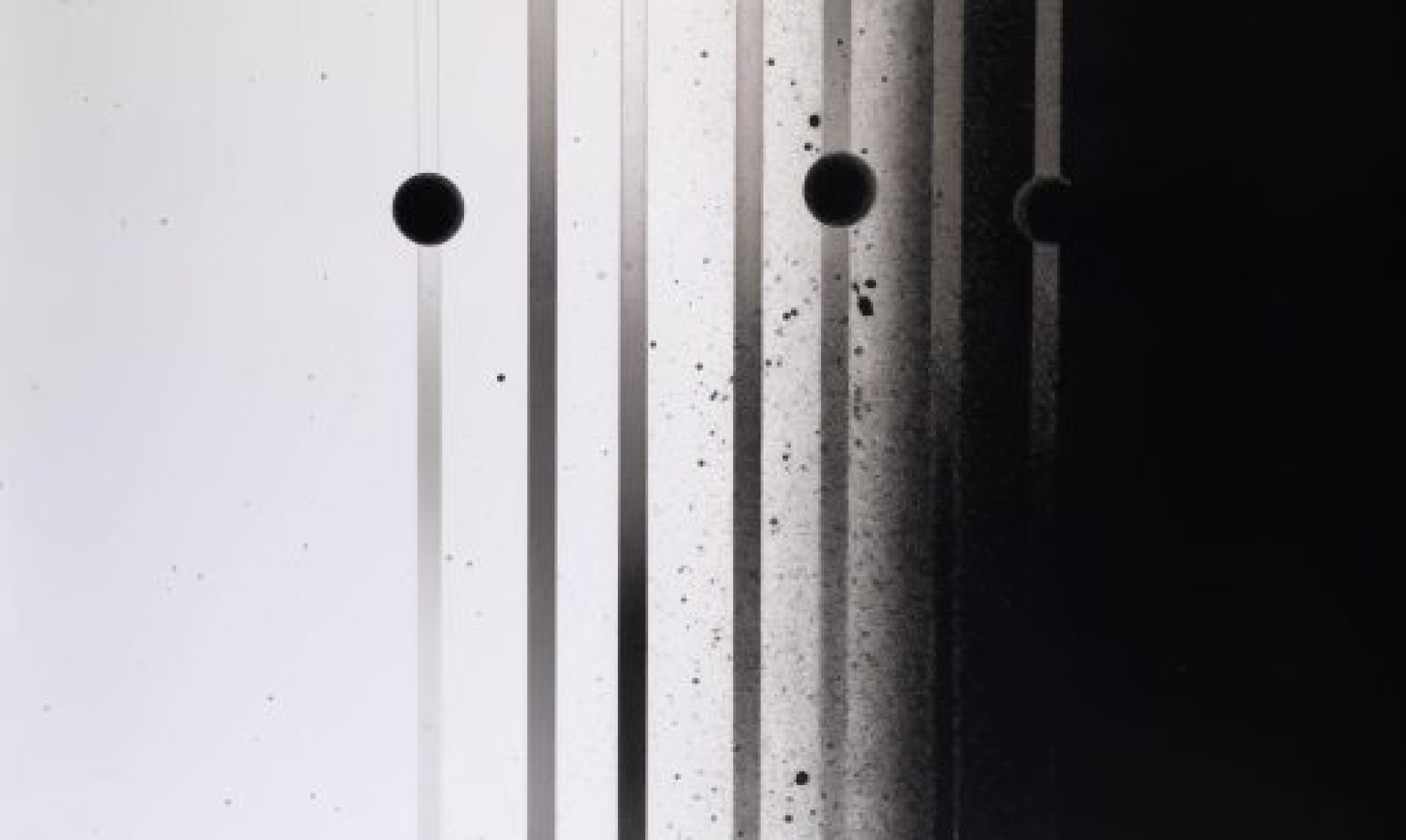Michelangelo Antonioni: Trilogy And Epilogue
Various
and/OAR 2 X CD
“I am personally very reluctant to use music
in my films, for the simple reason that I
prefer to work in a dry manner, to say things
with the least means possible,” said
Michelangelo Antonioni in 1961, the same
period in which he shot the films
L’Avventura, La Notte, L’Eclisse and Il
Deserto Rosso. So, it’s appropriate that this
collection of 24 homages to those films,
following two previous and/OAR collections
dedicated to Ozu and Tarkovsky, contains
few obviously ‘musical’ elements:
Dale Lloyd and Marihiko Hara both feature tentative
pianos, and Kyle Bruckman plays cor
anglais on EKG’s fine track, but otherwise,
we’re in a workd of vast spaces, ambiguous
soundscapes, changing weather and
glowing noise.
Atmospheric works by Juan José
Calarco and Richard Garet could easily be
soundtracks in their own right. i8u (aka
France Jobin) is hyper minimal,
shifting curtains of colour just barely there.
Asher has possibly buried a string orchestra
in his back yard, while Tomas Phillips
melds chiming bells with intake of breath
(lifted) from an Antonioni soundtrack?).
Also excellent are Olivia Block with Adam
Sonderberg, and Pali Meursault’s filmic
concrète, a dream of trains with squeaky
window hinges. All these tracks are
consistent with one another, meaning the
collection works surprisingly well as a
straight-through listen.
And and/OAR,s Ozu homage came
accompanied by an online booklet of
photos and track info, but here the link
between music and films is never discussed,
which suits Antonioni fine. Stuck in our
memories, his images become the music’s
context. Its ambiguity fits them like a glove:
Monica Vitti’s bleak couplings, those
urban landscape where something or
someone is missing.
Clive Bell






